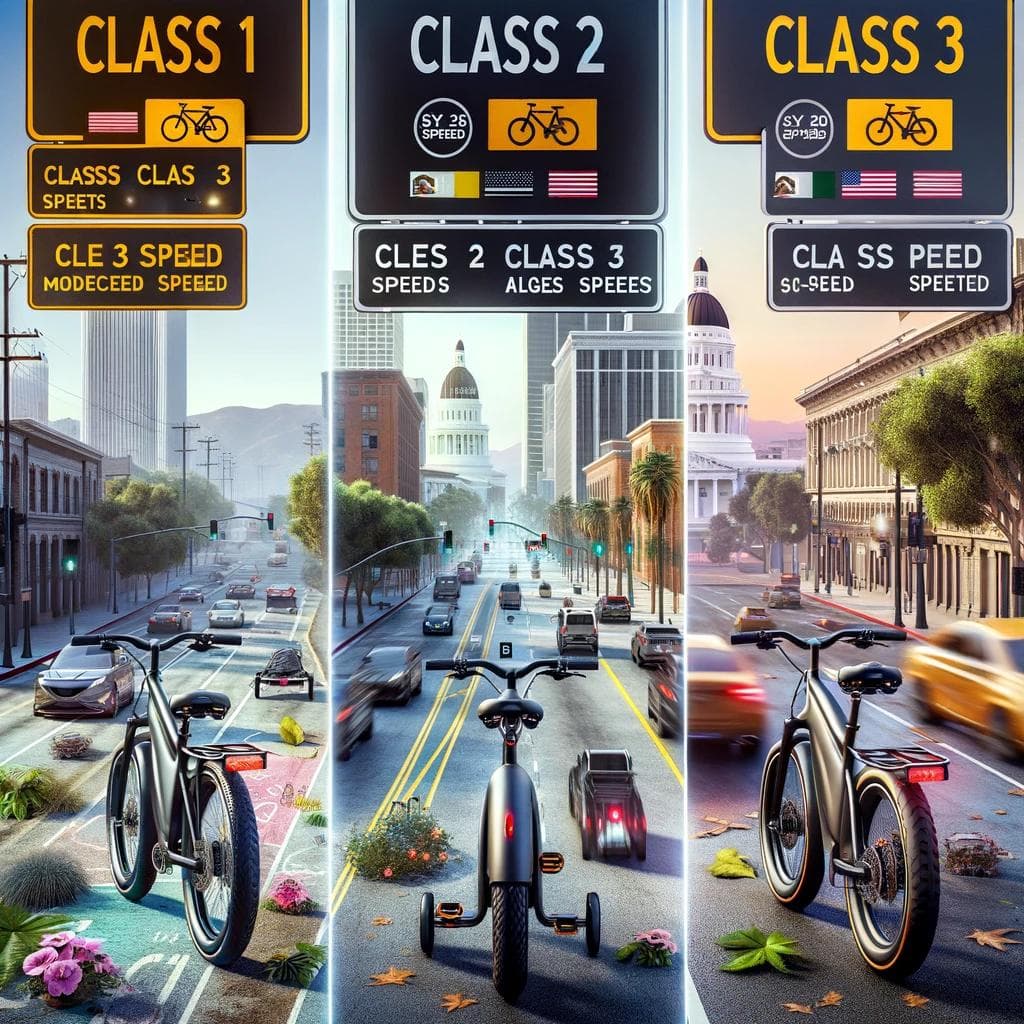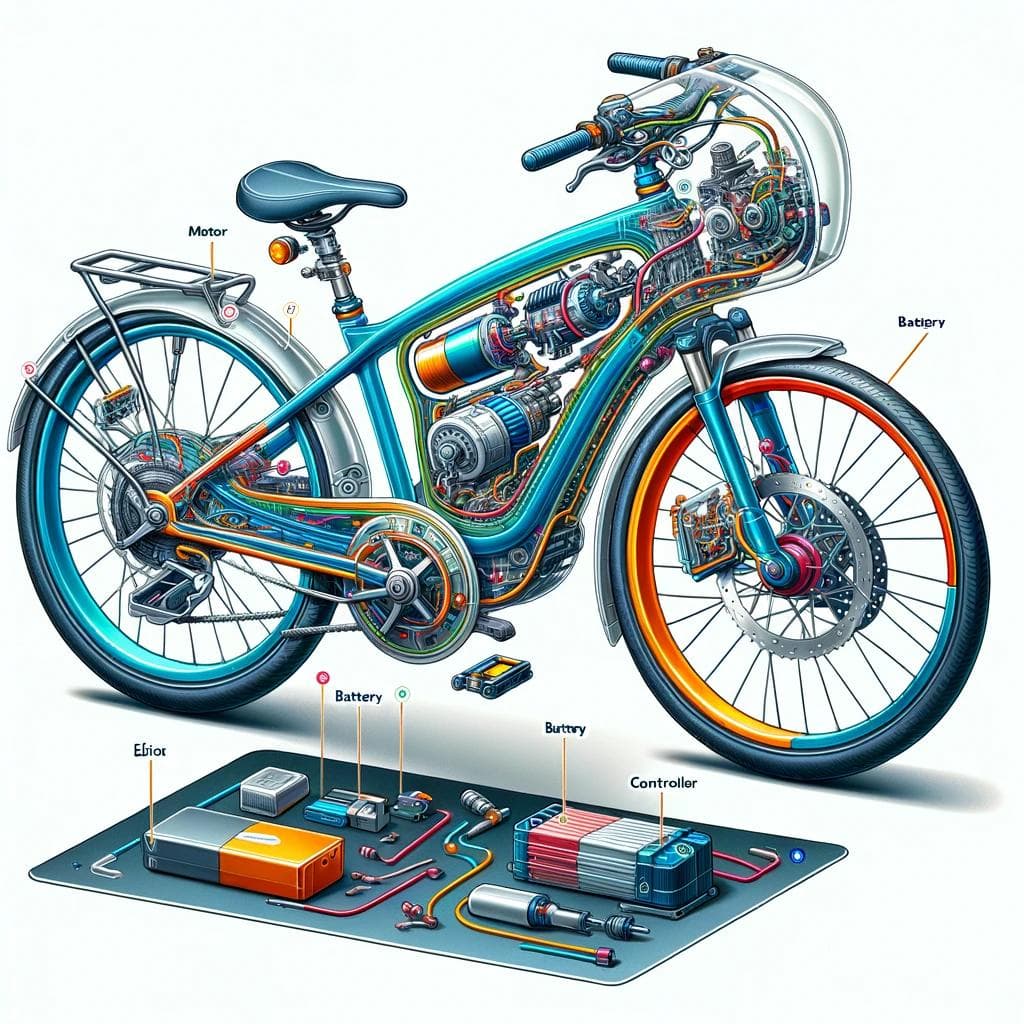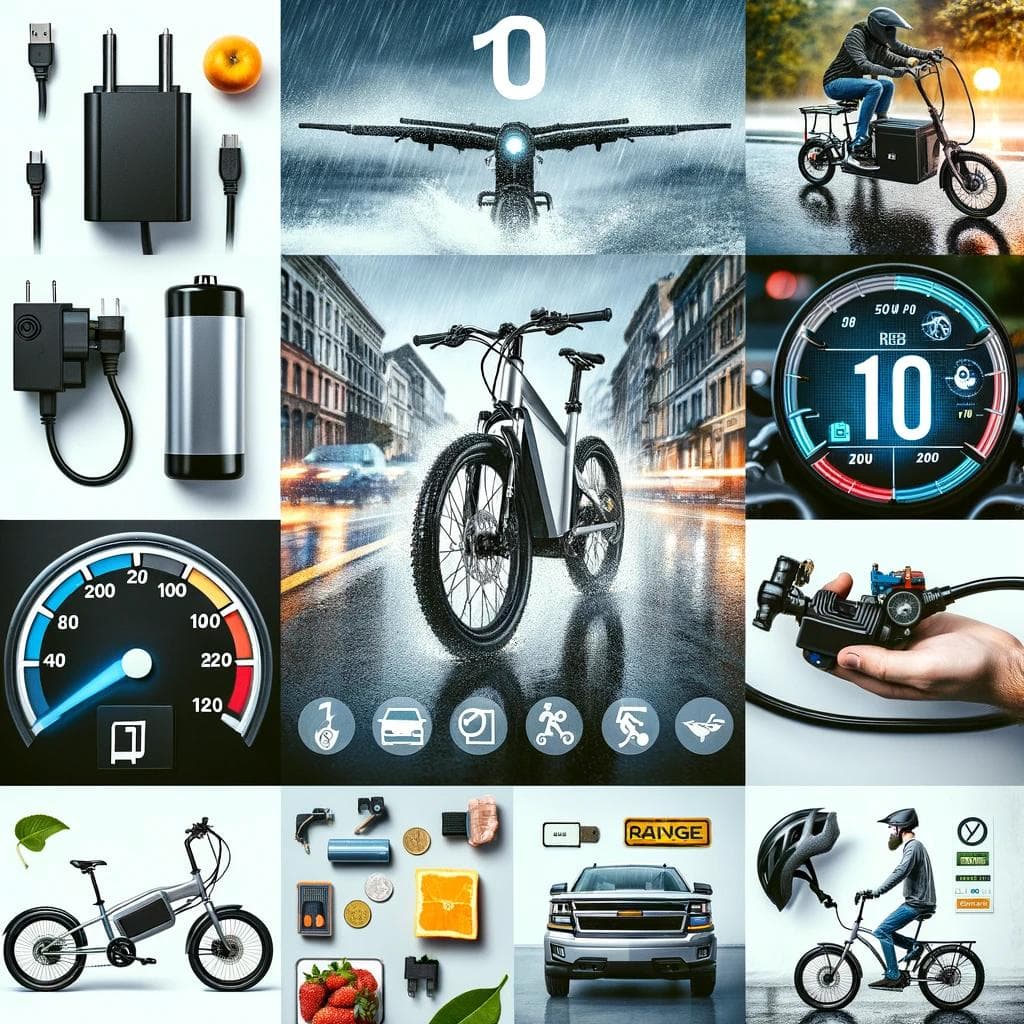
In California, the popularity of electric bikes (e-bikes) is on the rise. However, it’s essential to understand the specific types of e-bikes and the state’s legal framework governing their use.
California’s E-Bike Classifications
California categorizes e-bikes into three classes, similar to the federal standard:
1. Class 1 E-Bikes
• Top Speed: Motor assists up to 20 mph.
• Motor Engagement: Only when pedaling.
• Usage: Permitted on most bike paths unless prohibited by local law.
2. Class 2 E-Bikes
• Top Speed: Motor assists up to 20 mph.
• Motor Engagement: Equipped with a throttle; can be used without pedaling.
• Usage: Allowed on most bike paths, but local jurisdictions can impose restrictions.
3. Class 3 E-Bikes
• Top Speed: Motor assists up to 28 mph.
• Motor Engagement: Motor assists only when pedaling.
• Usage: Restricted to riders aged 16 years and older, and helmets are mandatory. Not allowed on bike paths or trails unless explicitly permitted.
Legal Considerations in California
Helmet Laws (CVC §21212)
• Mandatory for riders under 18 years on any bicycle, including e-bikes.
• Required for all riders of Class 3 e-bikes, regardless of age.
Age Restrictions (CVC §312.5)
• Riders of Class 3 e-bikes must be at least 16 years old.
Licensing and Registration
• E-bikes do not require a driver’s license, registration, or insurance in California.
Local Ordinances
• Municipalities in California may have specific rules, especially regarding Class 2 and Class 3 e-bikes, so it’s crucial to check local regulations.
Choosing an E-Bike in California
Consider your primary use: commuting, recreational, or off-road. Class 1 and 2 e-bikes offer more flexibility for mixed-use (urban and trails), while Class 3 e-bikes are suited for faster-paced road commuting.
Conclusion
Navigating e-bike laws in California requires understanding the state’s specific classifications and regulations. Adhering to helmet laws, age restrictions, and being aware of local ordinances will ensure a safe and lawful e-biking experience. Whether you opt for a Class 1, 2, or 3 e-bike, each offers unique advantages tailored to different cycling needs in the Golden State.

